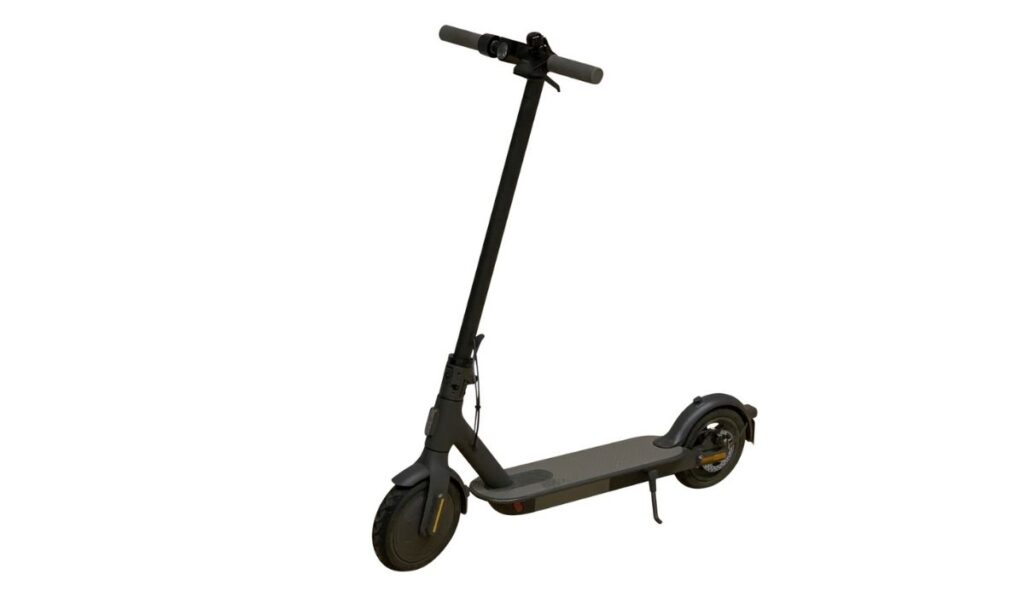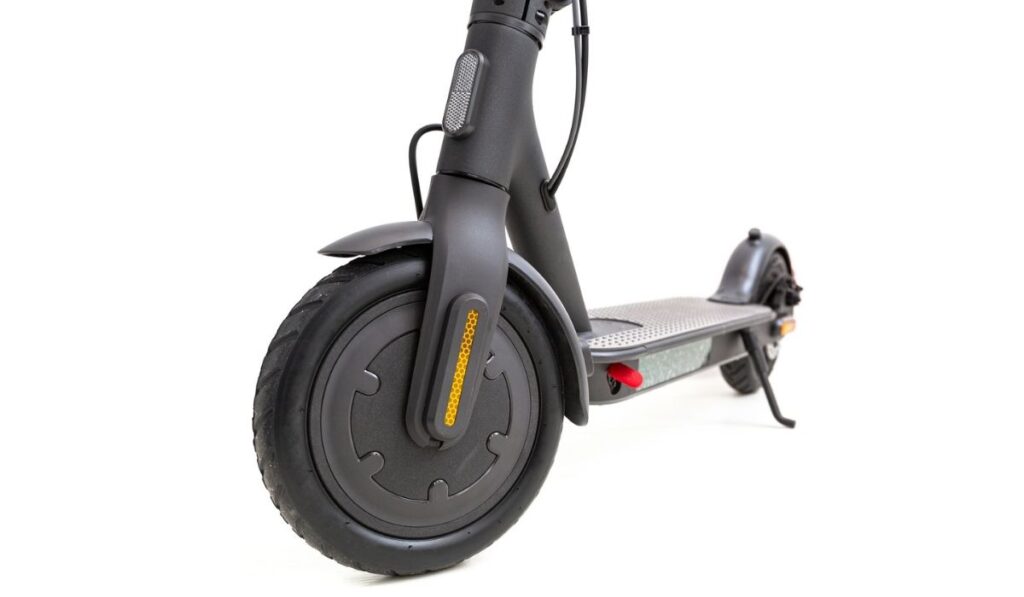If you’re looking to boost the speed on your electric scooter, you may have considered upgrading the motor. After all, the motor is the part that’s responsible for how fast you can go. But can you simply upgrade the motor to get the speed you seek?
Upgrading an electric scooter motor can improve speed, acceleration, and climbing power. However, upgrading the motor may require you to upgrade the battery and controller as well. For this reason, it can be more advantageous to purchase a new scooter outright in many cases.
Although upgrading an electric scooter motor is possible, it may not be the most practical option. Furthermore, you can burn out your other components or cause a fire if you aren’t careful about this upgrade. Here’s what you need to know.
How Do Electric Scooter Motors Work?

Electric scooter motors can be quite complex, so we’ll cover the basics and simplify things.
Some scooters have motors inside the deck that connect to the wheels through gears and chains. Other models have motors integrated into the wheels, creating a more robust design.
Generally speaking, the motor gets input from the controller. When you hit the throttle button, the electric controller sends a signal to the engine to start running. The motor will draw energy from the battery to begin producing acceleration.
The exact specifications of an electric scooter motor depend on its type; there are brushed and brushless motors. Both types use direct currents from the battery, making them DC motors.
Brushed DC Motors
Nowadays, most electric scooters use a brushless DC motor, since brushed DC motors are generally less effective and outdated.
Brushed DC motors have permanent magnets on the outside of their structure, with a spinning armature on the interior. The stationary magnets are known as the stator. The armature contains an electromagnet and is called the rotor.
The rotor will spin 180 degrees when an electric current is sent to the armature. To rotate any further, the poles of the electromagnet need to flip. As the rotor spins, the brushes make contact with the magnets, flipping the magnetic field and allowing the device to spin a full 360 degrees.
Brushless DC Motors
Typically, if you purchase a new electric scooter, it will have a brushless DC motor, as we mentioned above. Brushless motors have an efficiency rating around 85-90%, while brushed motors rate around 75-80%.
Brushless DC motors are essentially the inverse of their brushed counterparts. The permanent magnets are on the rotor itself, and the electromagnets are on the stator, eliminating the need for brushes flipping the electromagnetic field. These motors use a computer to charge the electromagnets to rotate the rotor a full 360 degrees.
Can You Upgrade Your Electric Scooter Motor?

The short answer is: It depends. To upgrade an electric scooter motor, you’ll most likely need to upgrade the battery and the controller as well, since the various parts need to be compatible.
For this reason, it can be more effective to buy a new model rather than spend all the money on these upgrades. However, it may be worth it if you particularly like something about your scooter’s form factor or frame.
Benefits of Upgrading Your Motor
You’ll experience multiple benefits if you do decide to upgrade your electric scooter motor. Upgrading the engine can improve speeds, acceleration, and climbing power. Like the battery, motors come in several types with various capabilities.
What to Consider When Purchasing a New Motor
You’ll find different motors at varying price points and power ranges. For example, you may notice inexpensive motors with lower wattages. You can also find expensive options ranging from 2,000 to 5,000 watts.
You’ll need to ensure that your motor is rated appropriately for the specifications of your scooter, just like you would if you replaced the battery. For instance, a 24 V battery may not have enough power for a 2,000-watt scooter, so you’ll have to adjust accordingly.
You should also note that there is a risk burning out your electrical components or causing fire hazards if you use a high-powered motor that your existing scooter can’t handle. If you aren’t experienced in this area, it may be best to seek out professional services.
